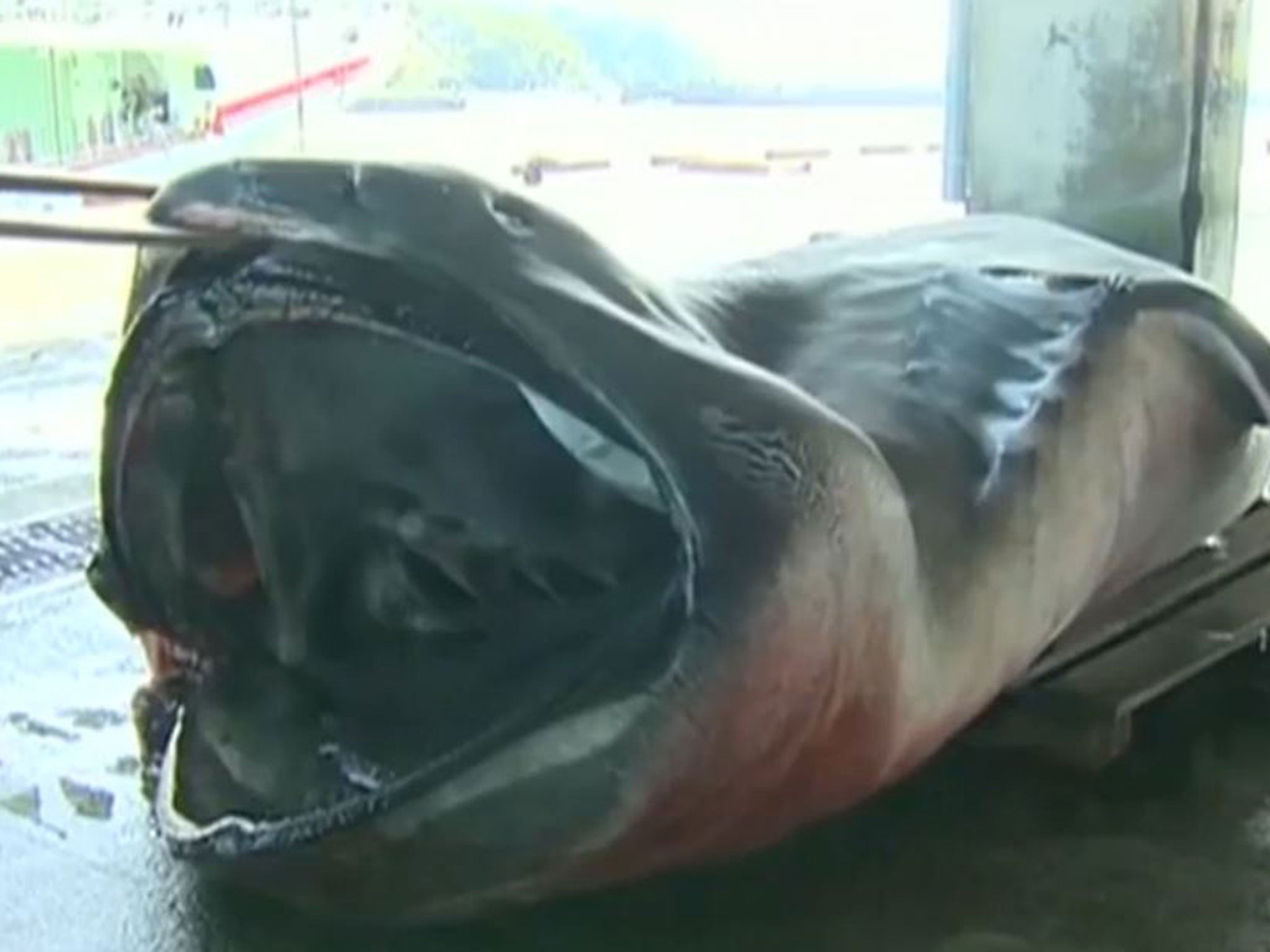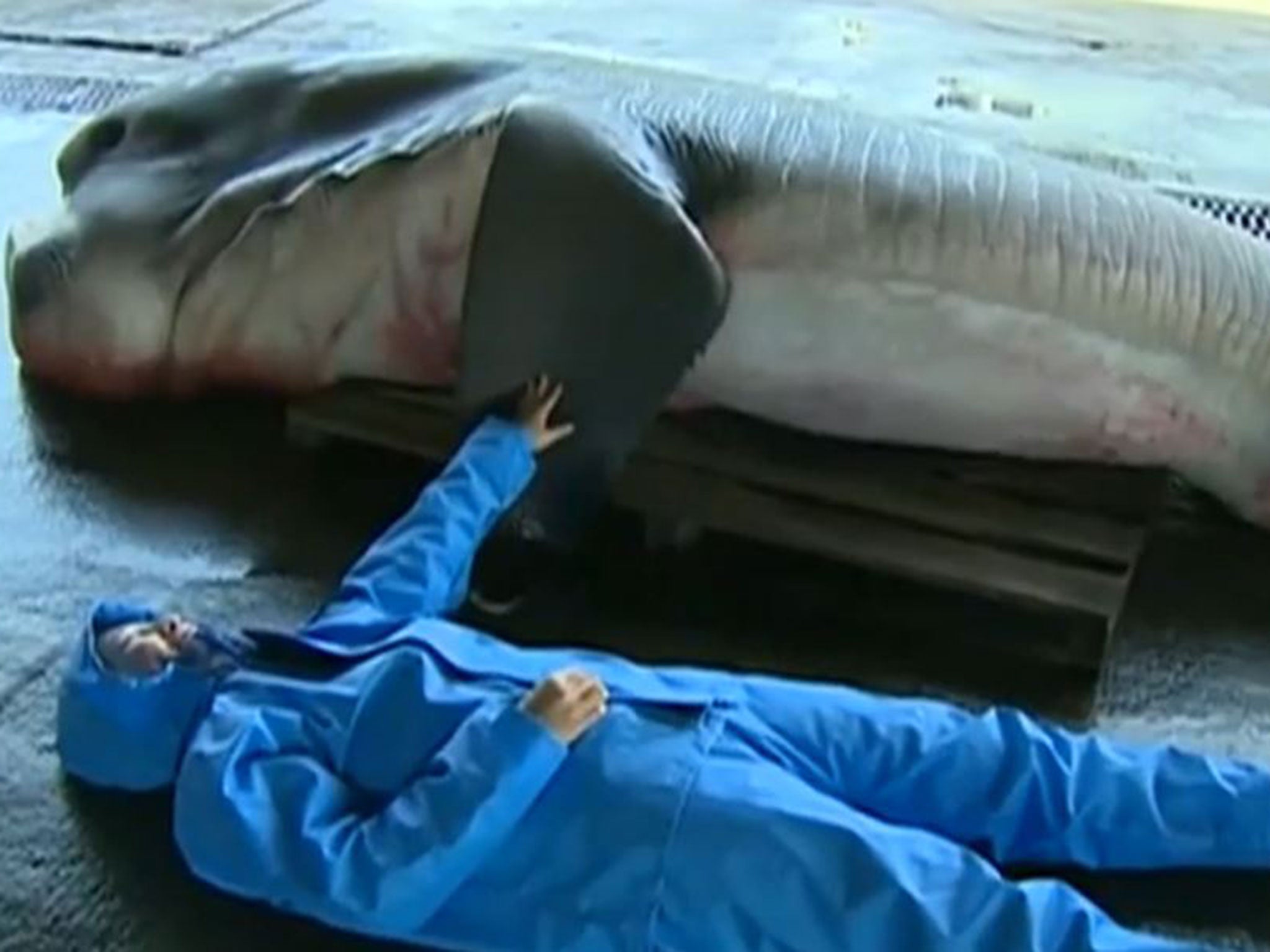Rare Megamouth shark caught in Japan
The aptly-named shark swims with mouth open to catch plankton and other food

Your support helps us to tell the story
From reproductive rights to climate change to Big Tech, The Independent is on the ground when the story is developing. Whether it's investigating the financials of Elon Musk's pro-Trump PAC or producing our latest documentary, 'The A Word', which shines a light on the American women fighting for reproductive rights, we know how important it is to parse out the facts from the messaging.
At such a critical moment in US history, we need reporters on the ground. Your donation allows us to keep sending journalists to speak to both sides of the story.
The Independent is trusted by Americans across the entire political spectrum. And unlike many other quality news outlets, we choose not to lock Americans out of our reporting and analysis with paywalls. We believe quality journalism should be available to everyone, paid for by those who can afford it.
Your support makes all the difference.An incredibly rare Megamouth shark has been snared by fishermen.
The animal was caught in fishing nets around five kilometres from the Owase Port in Mie Prefecture, central Japan.
The five-metre long shark weighed around a ton, according to Yahoo Australia, and was bought by a Japanese fishmonger.
Since they were discovered in 1976, only 60 specimens are known to have been spotted.
The aptly named shark swims with mouth open to catch plankton and other food.

Megamouth sharks swim at a depth of around 120-160m during the day, but rise up to 12 metres during the night.
They were first discovered off the coast of Hawaii, when one became caught in the anchor of a US Navy ship.
The species is usually found near Japan, the Philippines and Taiwan.
Subscribe to Independent Premium to bookmark this article
Want to bookmark your favourite articles and stories to read or reference later? Start your Independent Premium subscription today.
Join our commenting forum
Join thought-provoking conversations, follow other Independent readers and see their replies
Comments